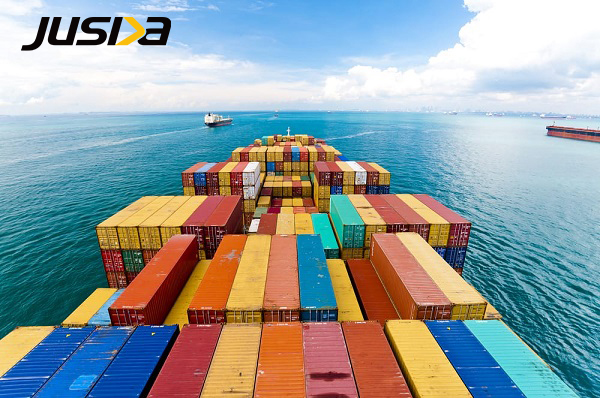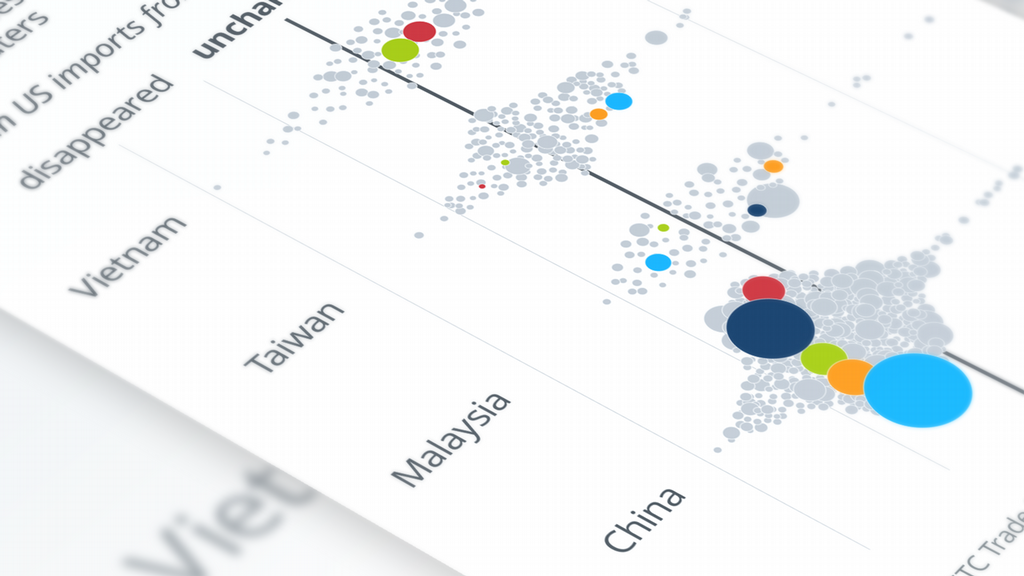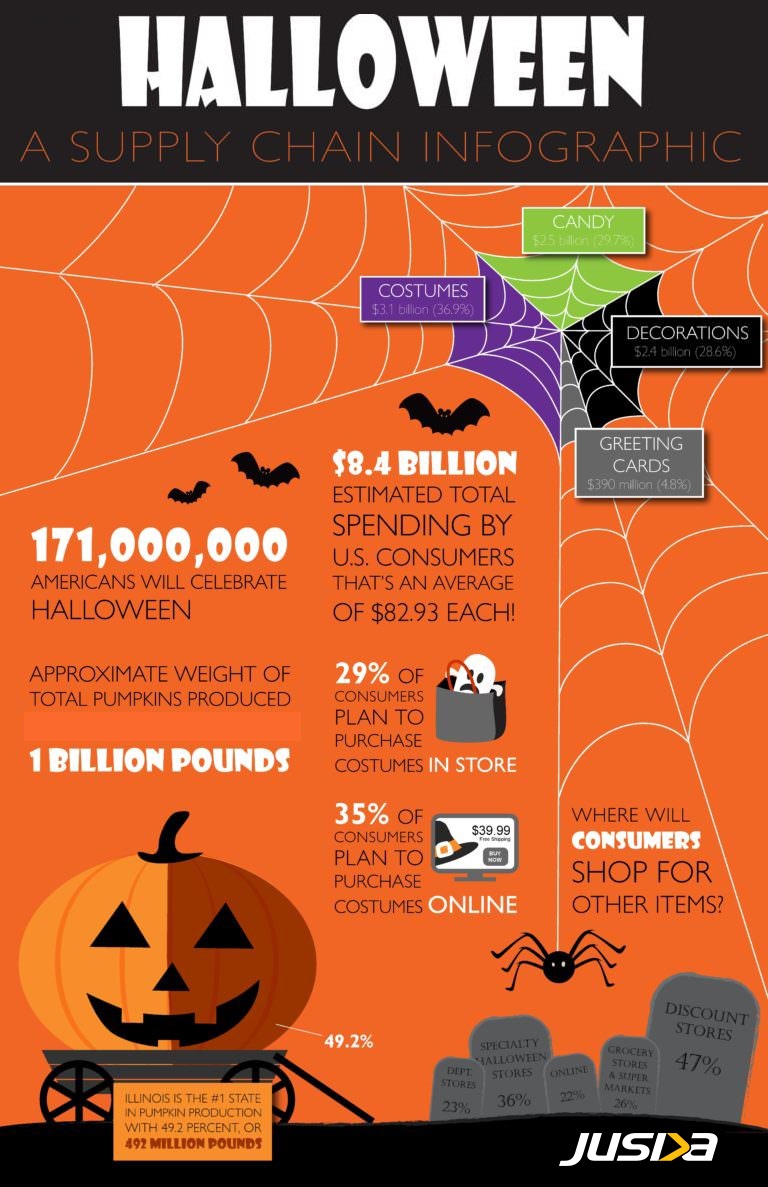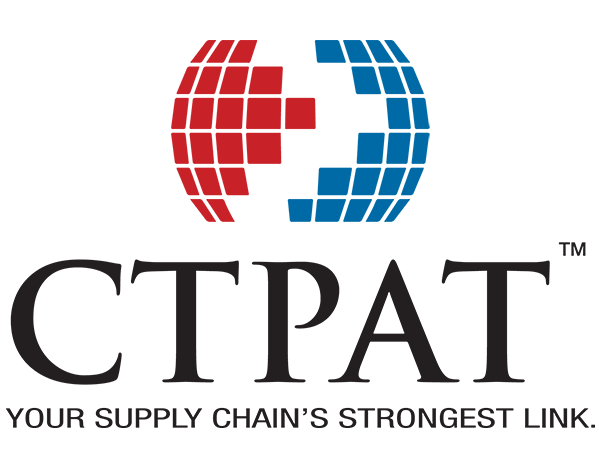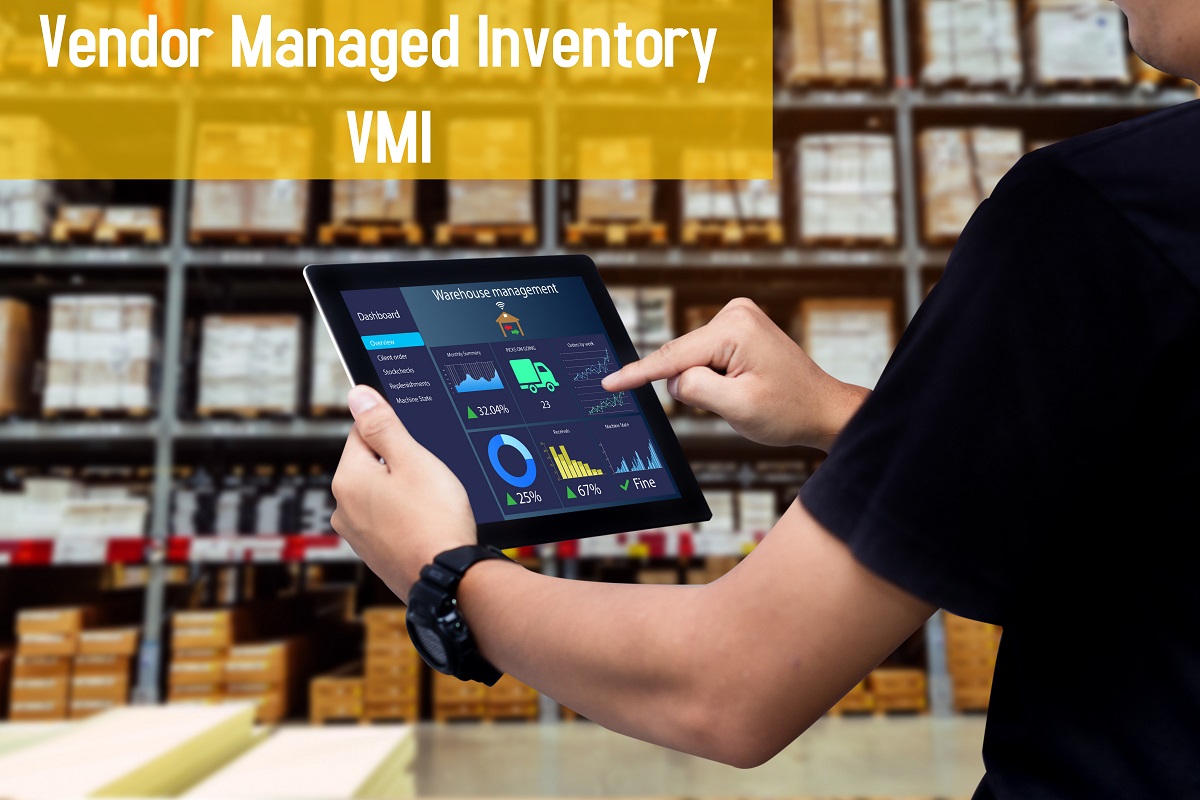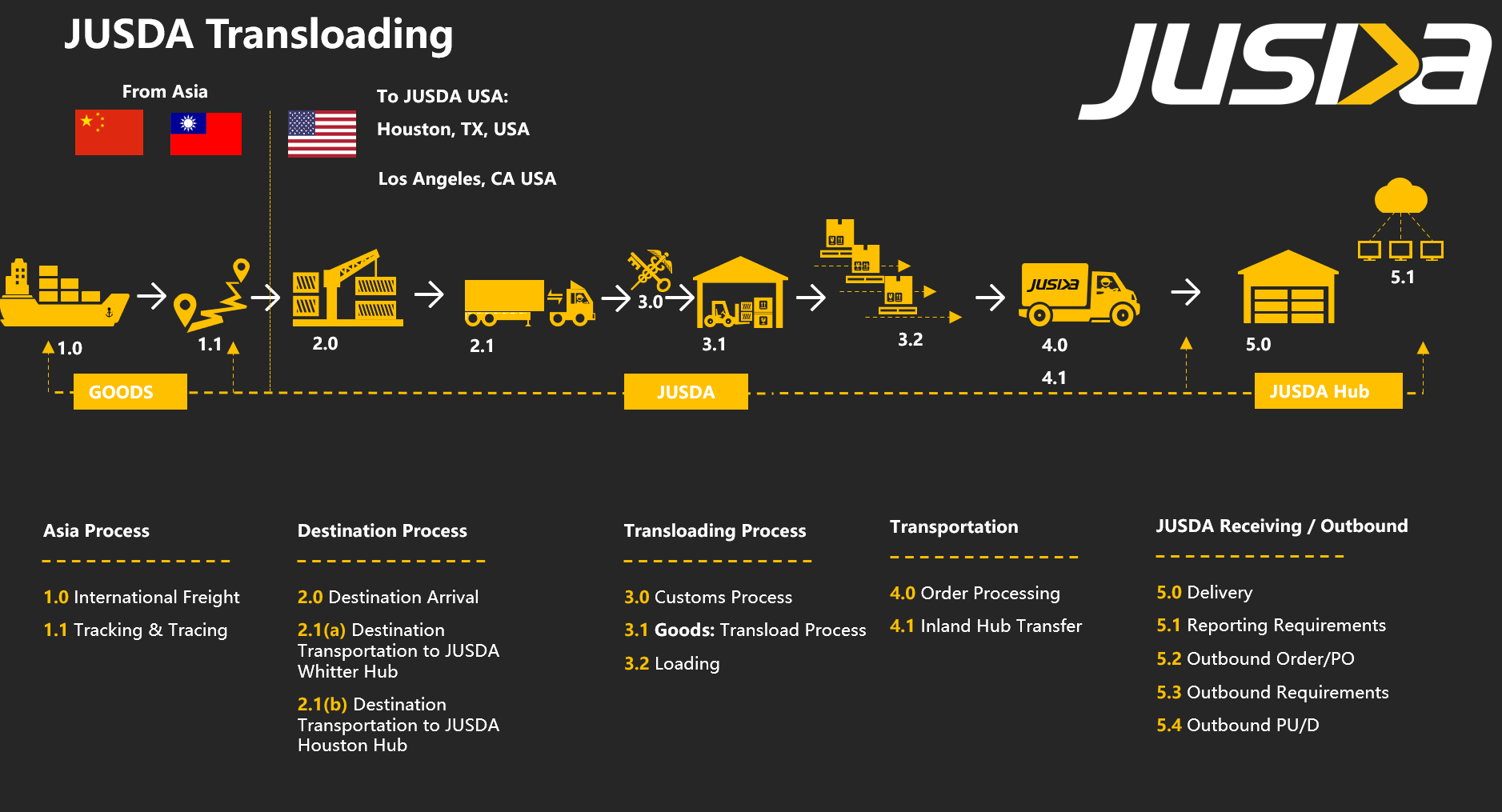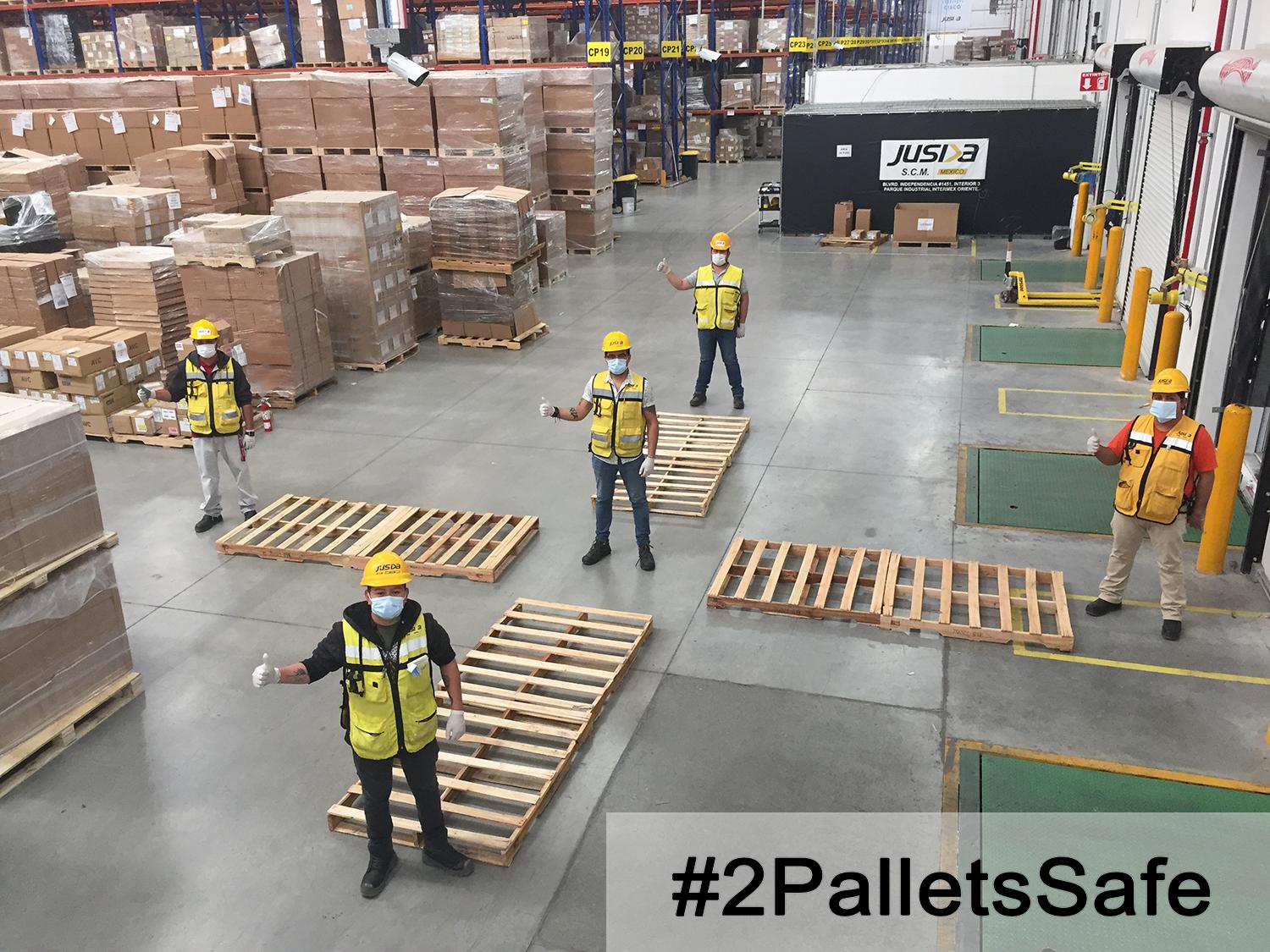
Shipping
Preparing for Peak Shipping Season During Coronavirus
Peak shipping season this year has many importers wondering how to prepare for unpredictable conditions. Despite potential delays and high freight shipping costs, there are a few steps importers can take right now.
How to navigate the current freight market:
• Compare at least a few quotes and modes to make sure you are getting the best cost and most efficient service possible.
• Buffer your freight budget and transit time for changes. Costs due to unforeseen delays or limited capacity can arise, so be prepared.
• Explore warehousing options to mitigate the effects of lowered demand and business restrictions in the US.
• Pay attention to the profitability of your goods and consider if a pivot could be worthwhile. Additionally, remember to factor in freight costs when assessing profitability.
How small or midsize importers can plan for operational success:
• Understand that delays and extra charges may arise. Freight forwarders are trying their best to move goods on schedule without additional fees, but in this unstable period, delays and additional charges can occur out of forwarders’ control.
• Consider which shipping mode is best for you right now. As during non-pandemic times, ocean freight is typically far cheaper but has significant lead time. If your transit time demands it, ship by air and you’ll have confidence in the transit times.
• Book now if you can. Book shipping now to get goods moving as quickly as possible.
• Ship closer to your goods’ ready date to avoid rate changes. With the current shipping climate, booking too far in advance may mean rates change before your goods are ready.
• Communicate regularly with your freight forwarder. This is more important than ever – staying in touch means you’ll have a better handle on your transit time and stay on top of any changes that may arise.
• Make sure that you have manpower to accept your goods at arrival. This will minimize delays.



